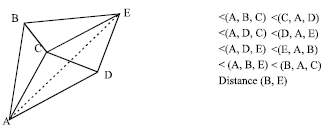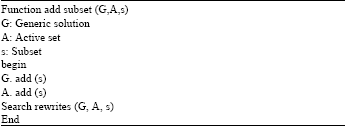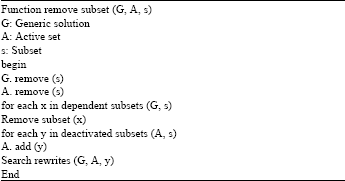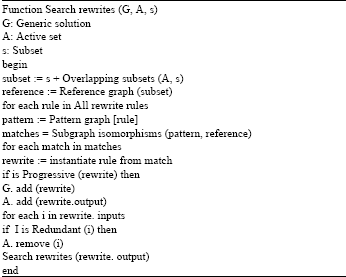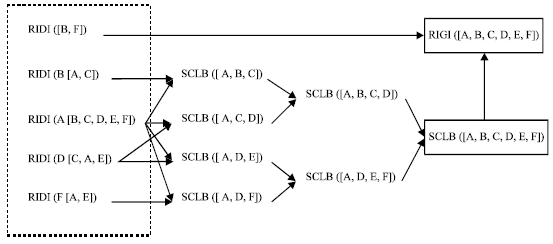Research Article
An Expanding Algorithm of Geometric Constraint Solving in Semantic Feature Modeling
College of Computer Science and Technology, Harbin University of Science and Technology, Harbin 150080, People�s Republic of China
Lijuan Sun
School of Software, Liaoning Technology University, Huludao 125105, People�s Republic of China









